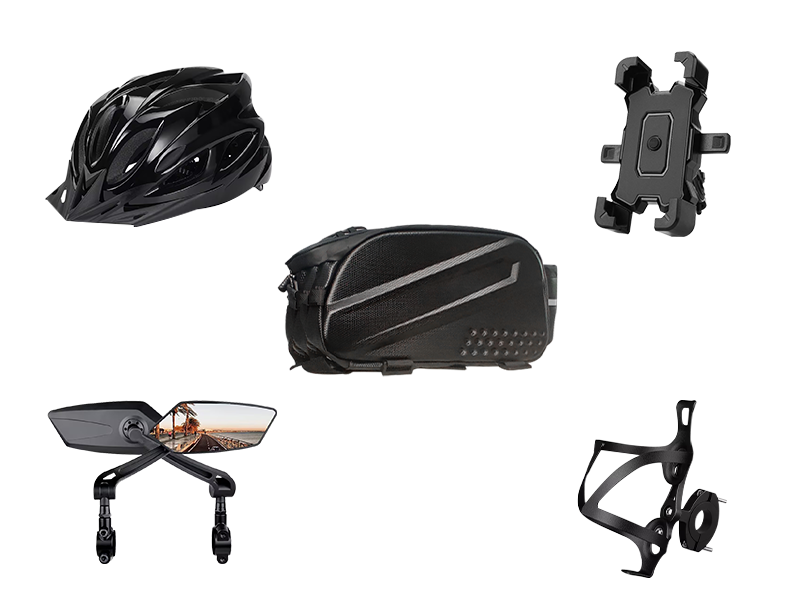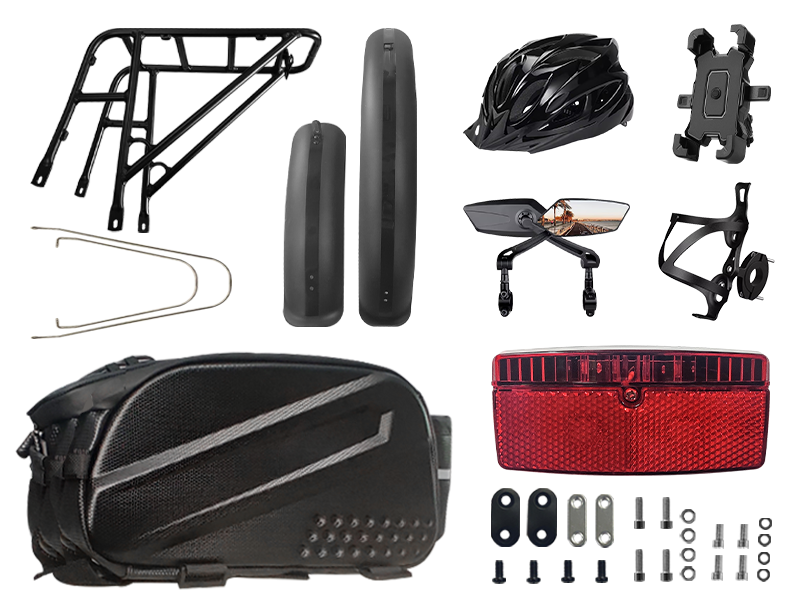The Benefits of Electric Folding Bikes: A Perfect Blend of Portability and Power
MAR 10, 2025
Electric folding bikes are quickly gaining popularity among commuters, urban explorers, and cycling enthusiasts alike. They combine the convenience of folding bikes with the power of electric motors, creating a versatile transportation solution that’s hard to beat. Let’s dive into some of the key benefits of electric folding bikes and why they might be the perfect choice for your lifestyle!
1. Ultimate Portability: Take It Anywhere
One of the standout features of electric folding bikes is their compact design. These bikes are built to fold down quickly and easily, allowing you to store or carry them effortlessly. Whether you live in a small apartment, commute on public transportation, or want to pack a bike in your car for weekend adventures, an electric folding bike makes it possible.
2. Eco-Friendly Commutes: Cut Down on Emissions
Switching to an electric folding bike for your daily commute means reducing your carbon footprint. By replacing car trips with e-bike rides, you’ll reduce your reliance on fossil fuels and help improve air quality. Plus, folding e-bikes make it easy to seamlessly combine with public transit, reducing emissions even further.
3. Smooth Riding with Assisted Pedaling
Electric folding bikes come equipped with pedal-assist and throttle options, making it easier to conquer challenging terrain. Say goodbye to struggling up hills or arriving at your destination drenched in sweat! The pedal-assist feature provides a boost as you pedal, while the throttle lets you ride without pedaling at all when you need a break.
4. Great for Fitness: Ride More, Worry Less
Contrary to the misconception that e-bikes do all the work, they actually encourage more riding. With options for both pedal-assist and full throttle, you can customize your ride to include as much or as little physical effort as you like. Many riders find they ride longer and more frequently with an e-bike, enjoying the health benefits of consistent cycling without over-exerting.
5. Save Time and Avoid Traffic
One of the biggest advantages of electric folding bikes for urban commuters is the ability to bypass traffic jams. Scooting through gridlocked streets and even using bike lanes (where allowed) can significantly reduce commute times. No more sitting in a car stuck in traffic; an electric folding bike gives you a quicker, more flexible way to reach your destination.
6. Easy Storage and Parking Solutions
Parking can be a hassle, especially in crowded city areas. But with a foldable e-bike, you don’t need to search for parking spots or worry about meters. You can simply fold the bike and bring it inside with you—whether it’s a small café, an office, or your home. Plus, many people find it easier to keep a folding bike secure, as it can be stored indoors, reducing the risk of theft.
7. Affordable Transportation Option
Compared to cars or even standard e-bikes, electric folding bikes are often a more affordable alternative for daily commuting and leisure rides. Their portability and flexibility can also reduce the need for other commuting expenses, like parking fees, fuel, or public transportation costs. Over time, the investment in a folding e-bike can lead to significant savings.
8. Versatile for All Seasons and All Reasons
Electric folding bikes are ideal for all kinds of trips, from short errands to weekend getaways. Some models are equipped with fat tires for winter or rougher terrains, making them adaptable in various environments. Their flexibility means they’re a great choice for any rider, whether you’re an outdoor enthusiast, a student, or a city commuter.
The Ultimate Urban Commuter Solution
Electric folding bikes offer a unique set of benefits that make them an ideal choice for urban commuters and adventurers alike. They combine portability, sustainability, and ease of use in one sleek package, offering a flexible and fun way to travel.












